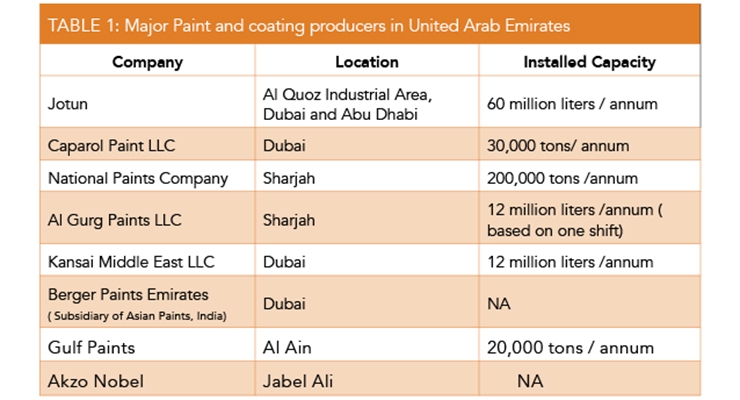Seasonal Factors In Business Outside Painting: Trick Insights You Need To Be Aware Of
Seasonal Factors In Business Outside Painting: Trick Insights You Need To Be Aware Of
Blog Article
Personnel Writer-Doherty Browne
When you're intending an industrial exterior paint task, seasonal variables can make or break your results. You'll wish to think about just how temperature level and moisture influence paint application and drying out times. Selecting the best season can guarantee your paint adheres effectively and lasts longer. Yet which seasons are truly the best for this sort of work? Allow's check out the crucial elements that can influence your job's success.
The Impact of Temperature on Paint Application
When you're planning a commercial exterior painting job, the temperature level can dramatically affect how well the paint adheres and dries.
Preferably, you wish to repaint when temperature levels vary between 50 ° F and 85 ° F. If it's too cold, the paint might not cure effectively, bring about concerns like peeling or breaking.
On the other side, if it's also hot, the paint can dry as well rapidly, protecting against proper adhesion and leading to an uneven surface.
You should additionally take into consideration the moment of day; morning or late afternoon supplies cooler temperature levels, which can be much more positive.
Always check the supplier's recommendations for the particular paint you're using, as they frequently give advice on the excellent temperature level variety for ideal outcomes.
Moisture and Its Result on Drying Times
Temperature isn't the only ecological aspect that affects your commercial external paint job; moisture plays a significant function as well. High moisture levels can slow down drying out times significantly, influencing the overall quality of your paint work.
When the air is saturated with dampness, the paint takes longer to heal, which can bring about problems like inadequate bond and a greater risk of mold growth. If you're painting on a specifically damp day, be planned for prolonged wait times in between coats.
https://www.nytimes.com/2022/04/26/us/washington-crossing-delaware-painting-christies-auction.html to monitor local weather conditions and strategy as necessary. Preferably, go for moisture degrees in between 40% and 70% for optimal drying.
Maintaining these factors in mind ensures your task remains on track and provides a long lasting coating.
Best Seasons for Commercial Exterior Paint Projects
What's the best season for your commercial exterior painting jobs?
painters and early loss are typically your best choices. During these seasons, temperature levels are light, and humidity levels are usually lower, developing perfect problems for paint application and drying out.
Avoid summertime's intense heat, which can trigger paint to completely dry as well quickly, leading to poor bond and surface. Likewise, winter months's cool temperatures can impede correct drying and treating, running the risk of the durability of your paint task.
Go for days with temperature levels in between 50 ° F and 85 ° F for optimum outcomes. Keep in mind to check the neighborhood weather forecast for rainfall, as wet conditions can spoil your job.
click over here now around these aspects guarantees your painting project runs efficiently and lasts much longer.
Conclusion
Finally, intending your industrial external paint tasks around seasonal factors to consider can make a significant difference in the outcome. By scheduling job during the excellent temperatures and moisture levels, you'll ensure far better attachment and drying out times. Remember to watch on neighborhood weather prediction and pick the right time of year-- springtime and early fall are your best bets. Taking these steps will help you achieve a durable and expert coating that lasts.
